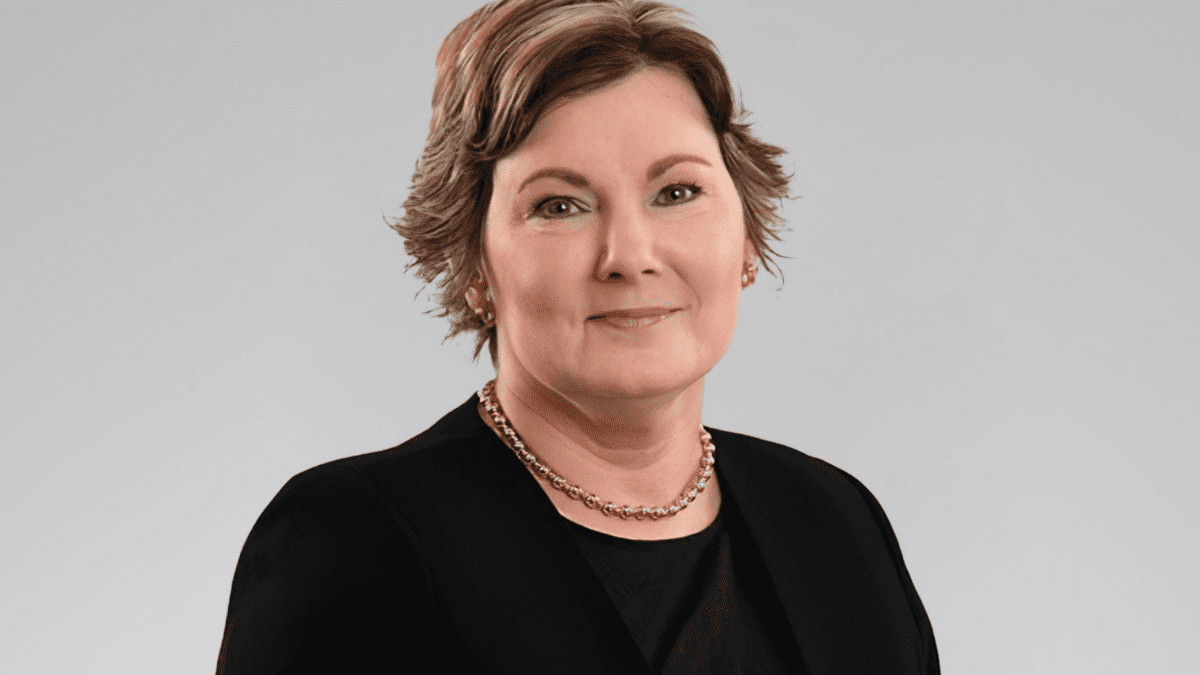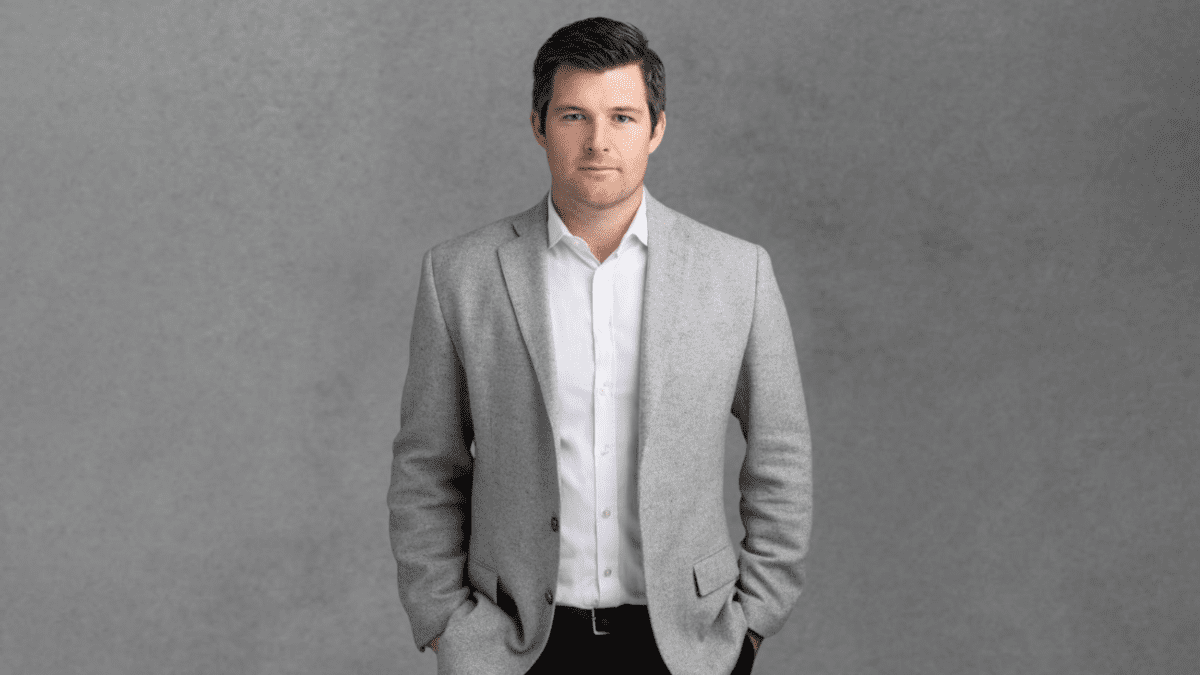Sweet private debt returns can come with sour risks for retirees
While Australia’s private debt market slowed in 2023 with only seven per cent growth, this asset class remains an attractive investment option, its higher yields compared with other fixed income assets a compelling investment story for retirees wanting income.
It stood at $188 billion in assets under management at December 2023, according to EY’s Annual Australian private debt market update for 2024, split between business-related loans at $112 billion and commercial real estate-related loans at $76 billion.
The EY report says the single-digit growth in 2023 can be attributed to a slowdown in mergers and acquisitions, project finance and real estate development activity. But when the numbers are in for the 2024 calendar year, the report expects this market to rebound as loan portfolios perform well, inflationary pressures ease and the higher interest rate cycle comes to an end.
No doubt retirees – especially the self-funded variety – will join the queue as a growing number of these debt instruments come on to the market. As the ATO’s self-managed super fund (SMSF) investment numbers reveal, government debt has never really appealed to this cohort while high yielding private debt is going from strength to strength.
But retirees must remember that old investment adage – higher returns equal higher risk. As the credit and real estate firm Vado Private’s director & responsible manager Simon Arraj (pictured) tells The Golden Times, investors need to explore how private returns are generated, the role of the capital stack and the critical factors influencing risk pricing before writing a cheque.
In particular, he identifies understanding the capital stack, which outlines the order in which different lenders and investors are repaid in case of default, as critical to gauging the risk associated with different private credit investments.
“Senior debt investments, being more secure, offer lower returns but also lower risk. Junior debt and equity investments, while potentially more lucrative, come with higher risk.”
In property-backed private credit, the capital stack typically comprises three key levels:
Senior or first mortgage: Occupying the top of the stack, senior debt is the least risky. It’s usually secured by collateral such as a residential or commercial property, giving the lender first claim on the borrower’s assets in case of default. Consequently, it carries a lower interest rate.
Junior or second mortgage: Positioned below senior debt, junior debt carries higher risk. It’s often used when the borrower can’t secure enough senior debt. Due to the increased risk, it commands a higher interest rate.
Equity: Occupying the bottom of the stack, equity represents ownership in the project or business. It’s the riskiest position as equity holders are the last to be repaid when a company’s default.
Arraj says the risk associated with private credit investments is primarily reflected in the interest rate charged on the loans. Typically, private credit investments yield between seven per cent and 10 per cent a year. So, when returns of between 12 per cent and 15 per cent are on offer, it’s essential to ask some critical questions.
- Where is the return being generated in relation to the capital stack? Higher returns often indicate higher risk. Investments generating returns from junior debt or equity positions are inherently riskier.
- Are the returns generated from first or second mortgages? Second mortgages are subordinate to first mortgages, increasing their risk profile and, consequently, their potential returns.
- What security does the loan have in the event of default? The strength of the collateral backing the loan is crucial in assessing its risk. A loan secured by tangible assets offers more protection than an unsecured loan.
Arraj concludes by stressing the importance of due diligence. “Private credit can be a valuable addition to an investment portfolio, offering the potential for higher returns. However, it’s essential to understand the risk-return dynamics at play.
“Careful analysis of the capital stack, the type of debt, and the underlying security is crucial in making informed investment decisions about choosing a private debt fund. Remember, if an investment seems too good to be true, it probably is.”









